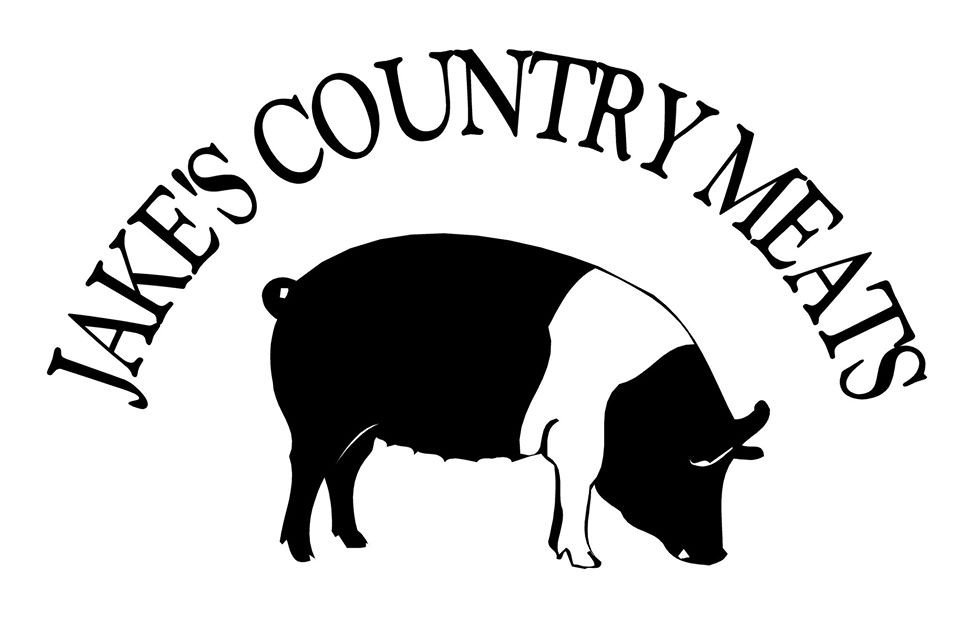New Predator On The Farm
posted on
September 1, 2022
My eyes caught a dark shadow in the chicken pasture one afternoon. I stopped, stared, and waited for movement. It was two large black birds, standing on the ground next to each other on the perimeter of the flock.
Turkey vultures are a typical sight to see while living on the farm. They are a large bird with black feathers and a distinctively wrinkled red head. We see them in groups either perched atop fence posts, or within trees along fence-lines.
Rotting meat is the main source of food for turkey vultures. When you see them circling in the air, either a dead animal is near, or the birds found water. My Dad jokingly refers to the circling birds in the sky as a notice that his farmhands are moving too slow.
Despite my familiarity with these birds, there was something alarming to me about the vultures in the chicken pasture that day. First, it is unlikely to spot only a pair of these birds, as they tend to hang around in large groups. Second, I’ve almost never seen a pair of turkey vultures on the ground without a feast in front of them. These two birds acted as though they were stalking the flock. And finally, the most obvious observation was the color of their heads – both heads were dark as night, instead of those familiar deep cherry red wrinkles I’m used to seeing.
This type of vulture is rare for our area. Unlike the typical turkey vulture, black vultures can be more aggressive, and prey on living animals like calves, piglets, and chickens. As their food source depletes, black vultures are now traveling to unfamiliar territories to survive.
Luckily, we had an eye on the pasture that evening and our presence alone scared the two birds away. Black vultures are officially added to the long-list of creatures living at the farm. When you raise animals in an outdoor setting, allowing and promoting a robust ecosystem, it keeps us on our toes wondering what is next?



